A Betta is any number of species in the taxonomic genus Betta. Researchers recognize at least 73 different species in the group. Their closest relatives are the gouramis.
For our purposes, we will focus primarily on the highly popular species B. splendens, or the Siamese fighting fish. Read on to learn about the Betta.
Description of the Betta
Interestingly, while many people pronounce this fish’s name as “bay-tah,” it is actually pronounced “bed-tah.”
Though they come in different shapes and sizes, you recognize this fish when you see them! Most have brightly colored scales and long, flowing fins. However, individuals in the wild only show their bright colors when threatened or agitated.
These fish measure between two and three inches long. Wild individuals typically do not reach the same length as those in captivity, and also lack the long fins.
Interesting Facts About the Betta
Virtually everyone knows what a Siamese Fighting Fish is. These brightly colored creatures have a number of interesting traits and adaptations, learn more about them below.
- Bubble Babies – When it comes time to breed, the male creates an interesting place for the female to lay her eggs. He creates a nest made of bubbles! The male swims to the surface and gulps mouthfuls of air, then blows them back out as a mucous-covered bubble.
- “Fighting” Fish – In the wild, this fish does not display the same level of aggression as its captive bred counterparts. Wild males fight for just a minute or two before one retreats.
- Bad to the Bone – The people of Malaysia and Thailand selectively bred this fish for fish fights. They chose only the most aggressive individuals to breed, and eventually developed the highly territorial fish we see today.
Habitat of the Betta
In the wild, this fish has strict habitat preferences. They prefer living in densely vegetated ponds or pools with little to no current. Additionally, they often live in waters with very low oxygen content. You can find them in rice paddies, small streams, lakes, ponds, and more.
Distribution of the Betta
Wild populations of fighting fish live in Thailand. They range throughout inland and coastal freshwater habitats. You can find them as far north as Phitsanulok, and as far south as Chaiya.
Additionally, you can find this species in home aquariums virtually across the globe. Humans have also introduced this species to the Adelaide River in Australia.
Diet of the Betta
This species is carnivorous, but they primarily feed on small invertebrates. Some common prey includes plankton, insect larvae, small shrimp, other crustaceans, and more. In human care, people generally feed them commercially produced fish food, blood worms, brine shrimp, and more.
Betta and Human Interaction
Humans interact with these fish quite frequently. In fact, the fighting fish that you know today only exist through human activity. Without selective breeding, these fish would not have the consistently bright colors and long fins that they have in home aquariums.
Though they are common in the pet trade, their wild counterparts suffer from human interaction. Human activity destroys the natural habitats of these fish. Pollution and conversion of their habitats into farmland causes overall population decline.
The IUCN lists this species as Vulnerable.
Domestication
Though people have selectively bred this fish, we have not fully domesticated the Siamese Fighting Fish.
Does the Betta Make a Good Pet
These fish can make good pets, but you must understand how to care for them properly. Additionally, because wild populations face decline, you should only purchase animals bred in captivity.
Betta Care
As highly territorial species, you should not house more than one of these fish in a tank. Males will even fight with females, and outside of breeding they should not live in the same tank.
You should provide between 5 and 10 gallons for the fish to live in. They also require frequent water changes to maintain their health.
Behavior of the Betta
In their wild habitats, these fish endure the dry season by burying themselves deep in the mud. In the rainy season, they emerge and re-establish territories. Males fight with one another over the best territories. In the wild, this fighting usually only occurs for a few minutes at a time.
As breeding season arrives, the females seek out the males in their territories after the males have built their nests.
Reproduction of the Betta
The female lays her eggs near the bubble nest, and the male fertilizes them. She will lay several hundred eggs in a single clutch. After she has finished laying her eggs, the male chases the female from his territory, then carefully places the eggs into the bubble nest.
The male continues to guard the eggs and collect them if they fall out of the nest. After two or three days, the young fry hatch. He continues to guard them until they leave the nest a few days after hatching.





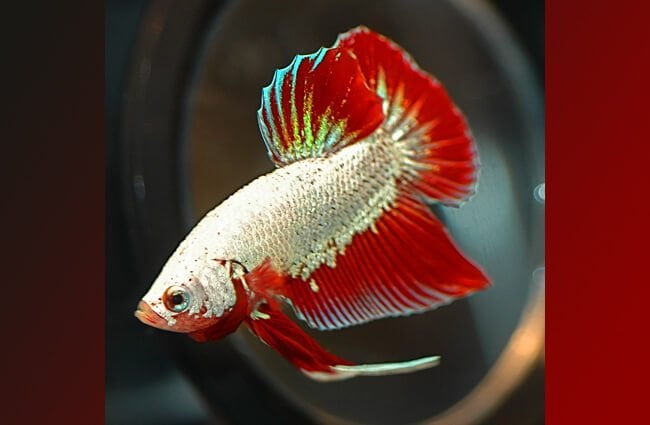
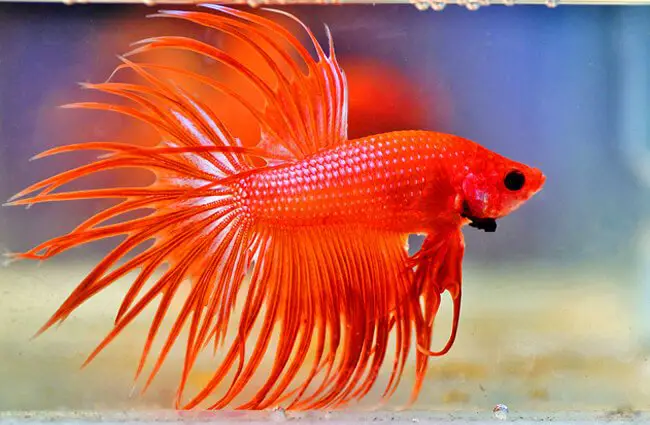
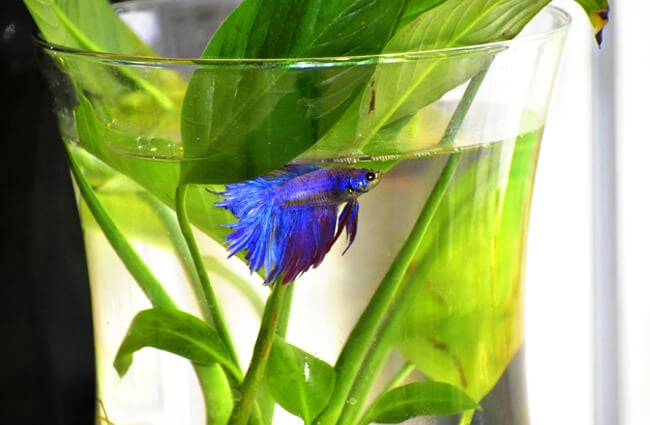

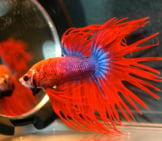

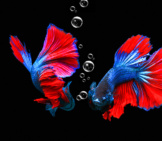

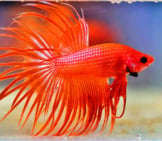
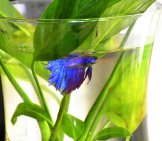
![Red Angus Closeup of a beautiful Red Angus cowPhoto by: U.S. Department of Agriculture [pubic domain]https://creativecommons.org/licenses/by/2.0/](https://animals.net/wp-content/uploads/2020/03/Red-Angus-4-238x178.jpg)












![Red Angus Closeup of a beautiful Red Angus cowPhoto by: U.S. Department of Agriculture [pubic domain]https://creativecommons.org/licenses/by/2.0/](https://animals.net/wp-content/uploads/2020/03/Red-Angus-4-100x75.jpg)

